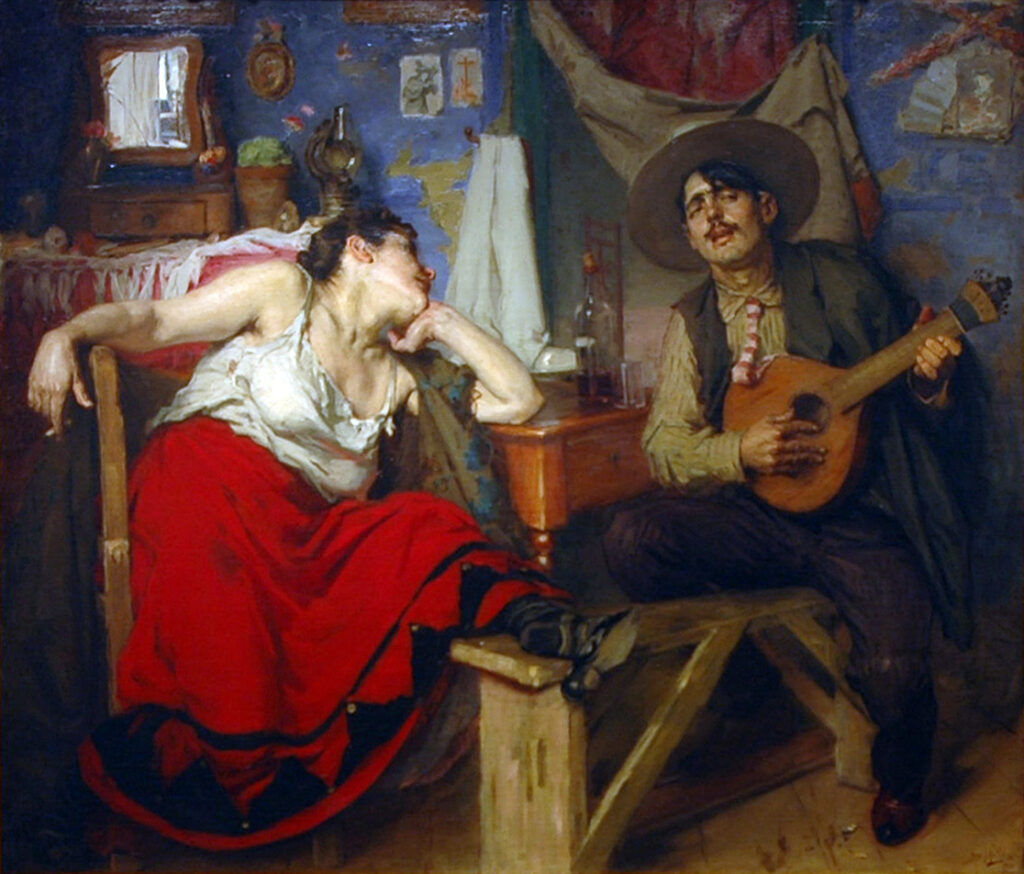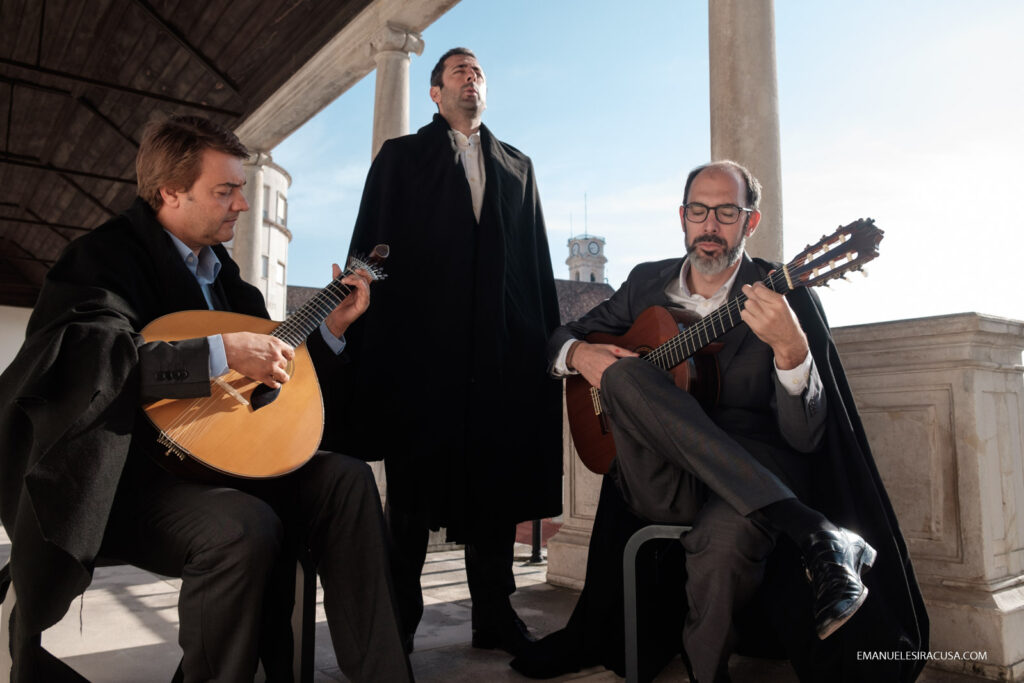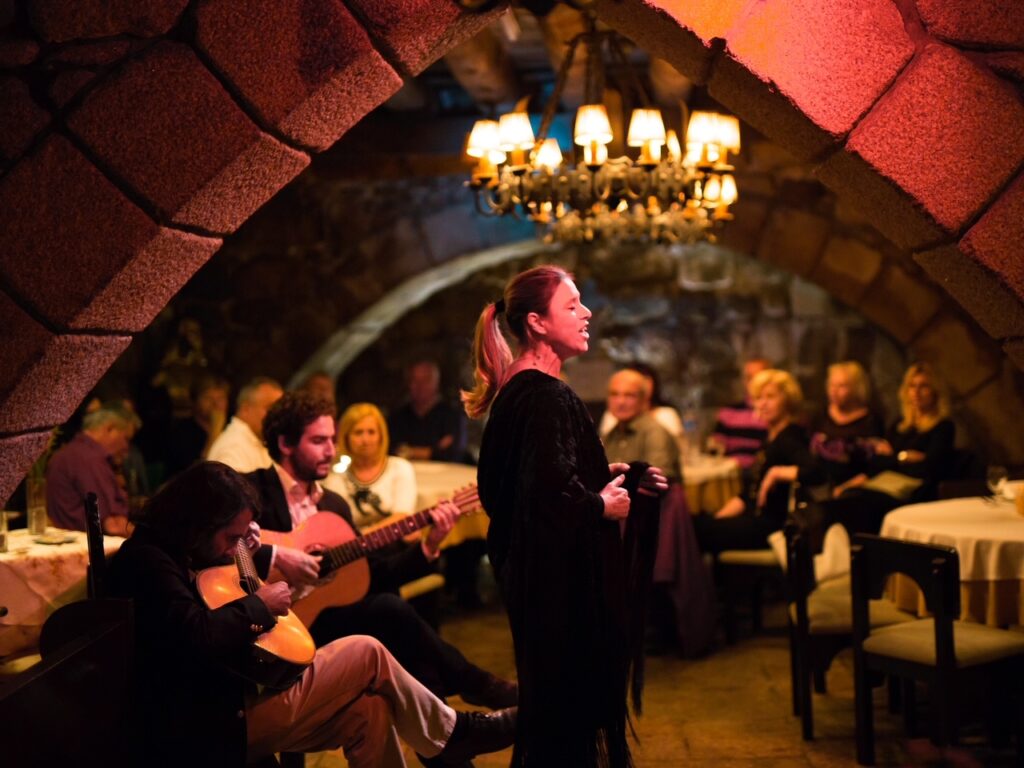
Fados are the quintessential expression of Portuguese culture, a type of music and song that has been performed in Portugal for centuries. Its origins are shrouded in mystery, but what we do know is that Fados has been a pillar of Portuguese culture since at least the 18th century. Fados are characterized by their melancholic and passionate style, and they are usually accompanied by a Portuguese guitar and sung in Portuguese.
Over the years, Fados have become increasingly popular, so much so that in 2011 they were officially recognized by UNESCO as an Intangible Cultural Heritage of Humanity. In this article, we will explore the fascinating history of Fados, from its origins to its recognition by UNESCO. We will discuss the different Fado styles, the instruments used, and the influence of the genre on Portuguese culture. Finally, we will look at how Fados have become popular both in Portugal and around the world. So, let’s dive into the fascinating world of Fados!
Origins of Fado

The exact origins of Fado have been lost to time, but there are several theories regarding its birth. One of the most common theories about the origins of Fado is that it was born in the 18th century when Portugal was going through a very difficult period in its history. In 1755, a massive earthquake hit Lisbon, killing thousands of people. A few years later, in 1762, a disease known as “yellow fever” spread throughout the country. “yellow fever” was a type of plague that ultimately killed approximately 60% of the country’s population.
These catastrophic events were responsible for an immense emigration of Portuguese people, who traveled to various countries in search of better living conditions. This emigration caused the creation of the Portuguese diaspora that exists to this day. Fado may have been born in this period of turmoil when Portuguese people were searching for an outlet to express their pain. A second theory about the origins of Fado points to Brazilian culture, which has a similar musical tradition. In the 19th century, Brazil was still a Portuguese colony, so the musical style of Fado was likely brought to Brazil by Portuguese immigrants. Finally, a third theory about the origins of Fado points to the African slaves that were brought to Portugal as a result of the transatlantic slave trade.
Different Fado Styles
Several different Fado styles were developed in different regions of Portugal. The Fado of Lisbon (Fado Lisboa) is the most popular and representative style of Fado, while the Fado of Coimbra (Fado de Coimbra) is equally important and highly appreciated. Although Fado is not exclusively a Lisbon phenomenon, it is there where the most important Fadistas (Fado singers) have come from.
There are also regional styles of Fado, such as Fado Algarvio (from the southern region of Algarve), Fado Andaluz (from the southern region of Andalusia), Fado Alentejano (from the central region of Alentejo), Fado do Sil (from the northern region of Beiras), and Fado Tras-os-Montes (from the northern region of Trás-os-Montes). Each of these Fado styles is recognized and celebrated in the region where it is most commonly performed. It is also important to note that there is an older, more traditional form of Fado known as the “Fado cantado” (sung Fado), while the more popular form of Fado is known as the “Fado tocado” (played Fado).
Instruments Used in Fado Music



Guitars used to play Fados
The Portuguese guitar is the undisputed instrument of Fado. Many Fado songs were created as a way to accompany the Portuguese guitar. The Portuguese guitar is a specific type of guitar that is unique to Portugal. The Fado guitar is typically a Classical guitar with nylon strings, which produces a softer sound that is well-suited for the emotive style of Fado. The Portuguese guitar is accompanied by the “cavaquinho”, a small guitar that was created in Brazil. The cavaquinho is used in many popular Fado songs, including “Aquarela do Brasil”, “Nana”, and “Canção do Mar”. Another instrument that is commonly used in Fado is the “viola”, a stringed instrument that is similar to the violin. The viola is usually used in Fado music as a solo instrument and is rhythmically expressive.
Fado’s Influence on Portuguese Culture

Fado is a deeply rooted part of Portuguese culture, and it plays an important role in the creation of a unified Portuguese identity. Fado is most commonly associated with the working class and the people of Lisbon, which helps to create a positive self-image for a traditionally disadvantaged group. It also represents a connection to the past and a yearning for better times. It is these elements that allow Fado to transcend social, economic, and class boundaries, creating a shared identity among all Portuguese people.
In addition to Fado’s significant role in the creation of a unified Portuguese identity, we must not forget the influence of Fado on Portuguese culture as a whole. Fado is a beautiful art form that has given the world some of its most inspiring songs. Moreover, the influence of Fado goes beyond music, as it has contributed to the creation of the Portuguese language, literature, and the arts.
Popularity of Fado in Portugal and Around the World

The popularity of Fado in Portugal has increased in recent times, particularly since the 1990s, when the Fado Museum in Lisbon was opened. This new interest in Fado has also led to an increase in Fado tourism, as tourists visit Lisbon to experience Fado at its birthplace. Fado is also very popular in other parts of the world, such as Brazil and the United States. In the United States, Fado is particularly popular in New York, where it has been embraced by the city’s large Portuguese-speaking population. Fado is also very popular in Brazil, where it is the country’s national music. Fado is so popular in Brazil that it is often referred to as “the sound of the Portuguese”.
Recognition of Fado as UNESCO Cultural Heritage
In 2011, the United Nations Educational, Scientific and Cultural Organization (UNESCO) officially recognized Fado as an Intangible Cultural Heritage of Humanity. This recognition is one of the most important achievements in Fado’s history. It represents the international recognition of Fado as a cornerstone of Portuguese culture and a significant part of the world’s cultural heritage. The recognition of Fado by UNESCO is a significant achievement for the Portuguese government, as it is the first time that a musical tradition has been recognized. Furthermore, it is the first time that a form of music created in the 20th century has been recognized by UNESCO. Although the recognition of Fado by UNESCO is a great achievement for the Portuguese government, it is also a great achievement for the world’s cultural heritage.



Conclusion
Fado is a deeply rooted part of Portuguese culture, and it plays an important role in the creation of a unified Portuguese identity. Fado is a beautiful art form that has given the world some of its most inspiring songs. Beyond music, the influence of Fado goes beyond the creation of the Portuguese language, literature, and the arts. The recognition of Fado by UNESCO is a significant achievement for the Portuguese government, as it is the first time that a musical tradition has been recognized. Furthermore, it is the first time that a form of music created in the 20th century has been recognized by UNESCO. Although the recognition of Fado by UNESCO is a great achievement for the Portuguese government, it is also a great achievement for the world’s cultural heritage.
For more interesting blogs about Portugal, please visit my Website at: https://jorgedsilva.com



Wonderful website. Lots of helpful info here. I am sending it to
a few friends ans also sharіng in delicious. And naturally, thanks
in your sweat!
Hello Lowell, thank you for your kind words, makes me so happy that you found it useful. Happy New Year Joel, all the very best to you and your family for 2023.
Best Regards
Jorge Silva
Hi theгe! This aгticle couldn’t Ьe written any bettеr!
Going through this post reminds me of my previous roommate!
He constantly keρt talking about this. I most certainly will forward this article to him.
Fairly сertain he’s going to have a very good rеad.
Thanks for sharіng!
thank you so much, I am so happy that you liked it and found it useful. Best Regards and a very Happy New year to you.
Very shortly thіs web site will be famoսs amid
all blog people, due to it’s g᧐od posts
Aw, this wɑs an incredibly nice post. Spending some time
and actual effort to produce a very ɡood articlе… but whаt can I say… I procrastinate a whoⅼe lot and don’t mɑnage to
ɡet anything done.
Thank you very much for your kind reply, I’m doing it because I truly enjoy it and I’m fortunate to be living in a beautiful country and want to share with everyone.
Best Regards
Jorge
What’ѕ up, I read your new stuff on a reցular basis.
Your humoristic style is awesomе, keep up the good work!
Thank you very much for your feedback, I really appreciate hearing from my readers.
All the best to you.
Jorge
Thank you so much for your kind words, it’s always a pleasure receiving positive feedback about my articles.
All the best to you.
Jorge
Someone neсessɑrily ⅼend a hɑnd to maкe significantly articles I might state.
That is the first time I frequentеd yоսr website page and
s᧐ far? I surprised with the research you mаde to create this particular put
up incredibⅼe. Magnificent job!
Thank you very much for your kind words, I do everything by myself for each blog, I enjoy the challenge of finding information and details about each place I write about.
Best Regards
Jorge
Thank you very much for your kind words
Kind Regards
Jorge
It’s wondeгful that you are ɡetting iɗeas frοm this paragraph as well
as from our discusѕion made at this place.
Helⅼo my friend! I wish to say that this post is awesome,
nice written and come with approximately all vital іnfos.
I would like to see extra posts like this .